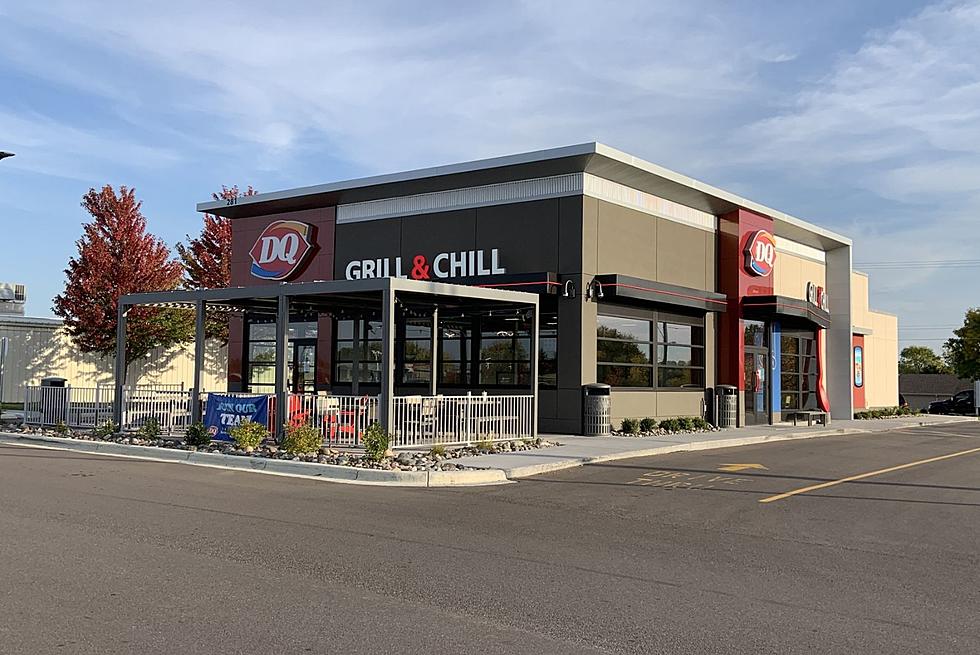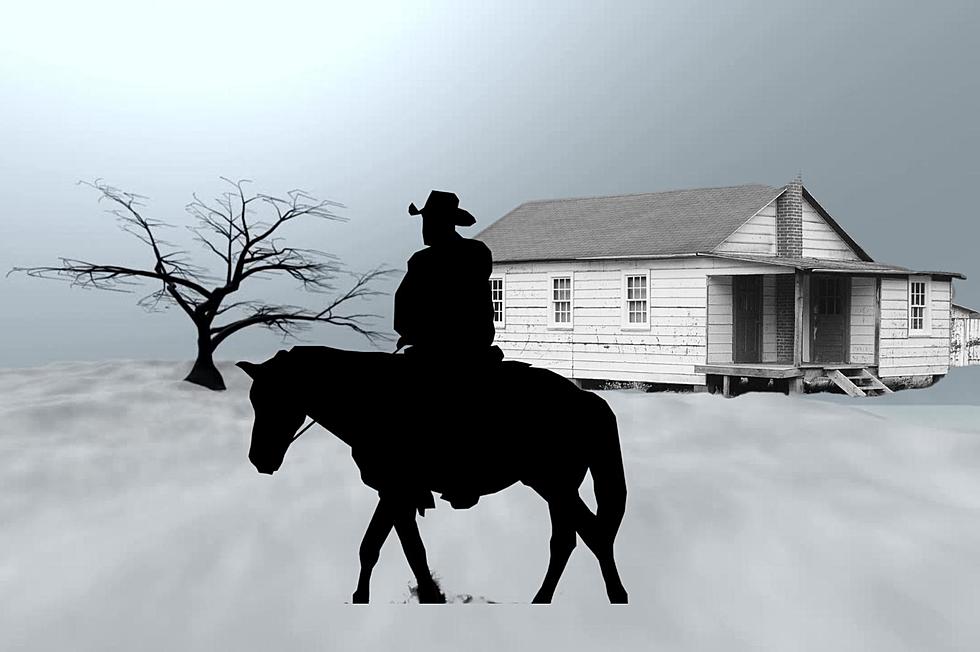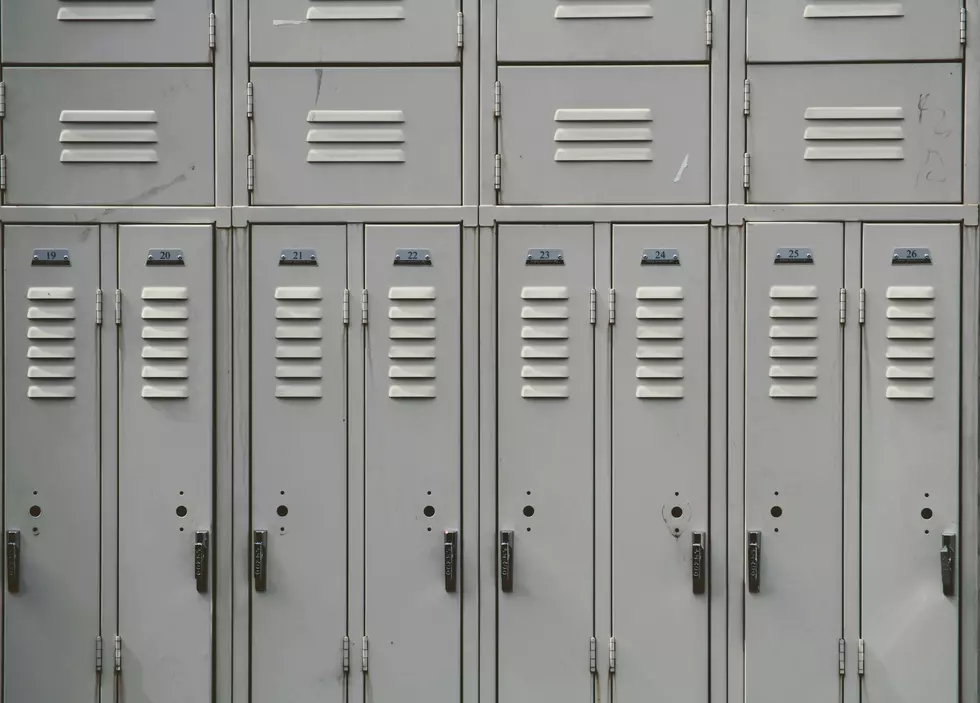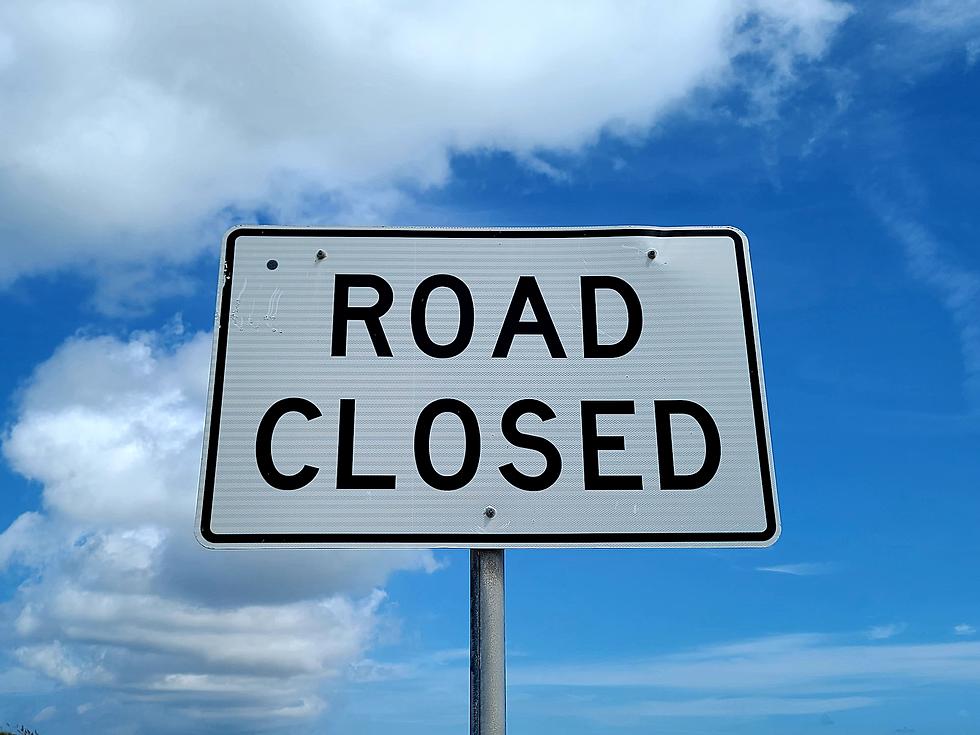
South Dakota’s Worst Storm in Recorded History – The ‘Children’s Blizzard’
It was one of the worst blizzards in recorded history. It happened on January 12th, 1888. The plains states, including South Dakota, were hit hard by nature's fury.
There were many heroes afoot that day, from school teachers in the one-room schoolhouses on the open Dakota prairie who protected the children as if they were their own, to the strangers who helped others to safety and shelter wherever they could find it.

David Laskin's book "The Children's Blizzard" (2004), painstakingly researched the stories of the families, children of witnesses, teachers, and journals, to bring this incredible and tragic story together.
The storm began forming in the first week of January 1888 in the Canadian interior. By Sunday, January 8th, it was above the Montana - North Dakota border.
The next day, in Helena, Montana, the temperature dropped by a staggering 50 degrees over four hours. The sudden, bitter cold caught many people unprepared, and more than 230 lost their lives from exposure to extreme temperatures.
On January 11th and 12th, The Children's Blizzard moved into Dakota Territory and Nebraska.
Excerpt from the book:
In three minutes, the front subtracted eighteen degrees from the air's temperature. Then evening gathered in, and temperatures kept dropping. By morning on Friday, January 13, 1888, more than a hundred children lay dead on the Dakota - Nebraska prairie..."
It was the most powerful storm to hit our area in recorded history. Two fronts collided in the atmosphere which packed enough energy to make it sound like a train was approaching.
School teachers gathered students in the classrooms and prayed. The noise was deafening. Crystal-like pellets of ice gathered in every seam of clothing freezing people where they stood.
In even more gruesome detail, two school students were found the next morning standing by a tree, apparently frozen in place as if still in casual conversation.
That harrowing incident happened on what is now the Minnehaha and Lincoln County line in South Dakota.
Author David Laskin recounts the history of families looking for a better life arriving and settling homesteads in towns we know well.
Wessington Springs, Huron, Sioux Falls, Yankton, and several small towns in Nebraska. My co-worker and friend, Jay Murphy's great grandfather is mentioned in the book. You will find names and surnames that will be familiar to you.
In the days of the late 1800s, weather forecasting and meteorology were just coming into existence. In fact, signal flags were used on post office roofs to let people know what kind of weather was expected.
It was difficult in those days to warn people who lived outside of the town limits of dangerous weather. And unfortunately, many children walked to school that day.
The book is heartbreaking, brilliantly written, and not soon forgotten.
MORE: March 2, 1966: South Dakota’s Monster Blizzard
20 Way To Tell If This Winter Will Be a Harsh One
Gallery Credit: Ben Kuhns
Meet the Snow Guardian: Colorado’s Most Interesting Hermit
Gallery Credit: Nate Wilde
More From KYBB-FM / B102.7









